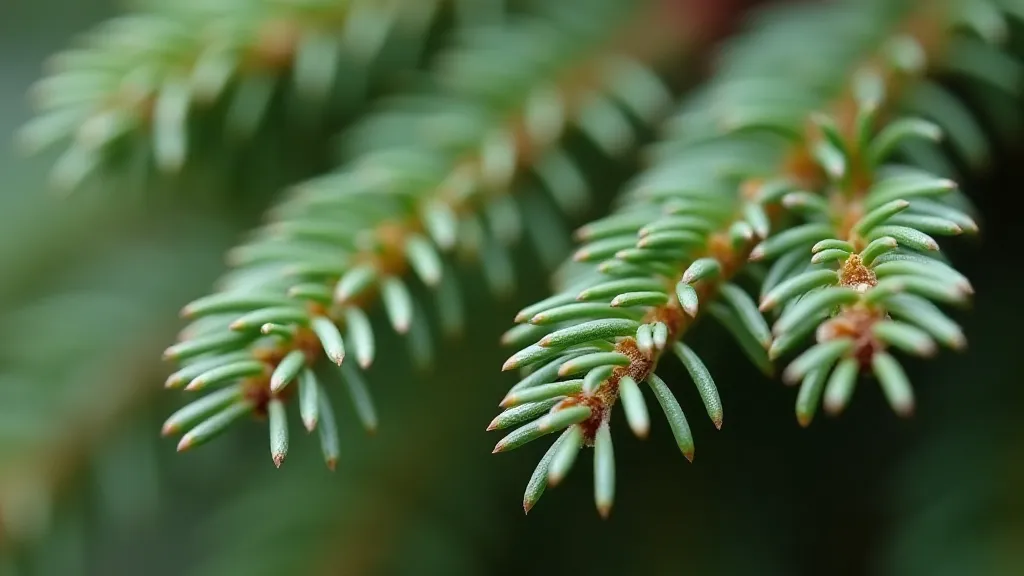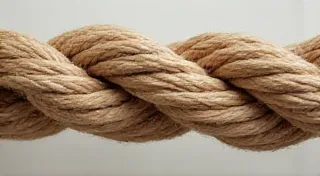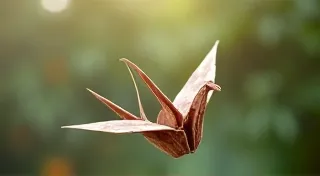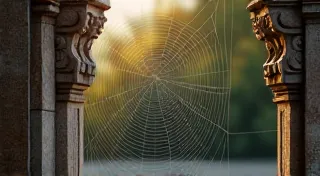The Scarlet Threads of Ruin: Mitigating Spider Mite Infestation
There’s a peculiar resonance between the delicate fragility of a well-loved antique accordion and the persistent challenges of bonsai cultivation, particularly when dealing with a foe as insidious as spider mites. The accordion, a testament to meticulous craftsmanship, each reed painstakingly aligned, each bellows stitched with enduring care, can fall silent, its music choked by dust and time. Similarly, the juniper bonsai, a miniature landscape sculpted through years of devoted attention, can be brought to its knees by a microscopic predator.
I remember the first time I encountered a truly devastating spider mite infestation on a venerable Siberian juniper I'm still incredibly fond of. It was a tree I’s inherited from a mentor, a man who had poured decades into shaping its graceful form. The vibrant green needles, once a source of immense pride, were now mottled with a sickly yellow, tiny pinpricks revealing the slow drain of life. It felt like a personal failing, a betrayal of the trust placed in me to nurture this living artwork. The scarlet threads of ruin, as I later termed it, were woven through its very being.

Understanding the Enemy: The Red Spider Mite
Spider mites (Tetranychus urticae) are arachnids, distant relatives of spiders, and voracious plant feeders. They're incredibly small – often less than a millimeter – making them difficult to spot until an infestation is well underway. They thrive in warm, dry conditions, and their life cycle is alarmingly short, allowing populations to explode rapidly. They pierce plant cells with their mouthparts, extracting vital fluids. The initial damage appears as tiny yellow or bronze speckles on the needles. As the infestation progresses, needles turn brown, brittle, and eventually drop, leaving the tree looking sparse and unhealthy.
The connection to the accordion returns – consider how a single, minute flaw in a reed’s construction can disrupt the entire mechanism, silencing the music. Similarly, these tiny mites can dismantle the health of a juniper bonsai, piece by piece. They’re a stark reminder that even the most resilient creations require constant vigilance.
Early Detection and Preventative Measures
Prevention is, as always, the best medicine. Regular inspection is crucial. Run your fingers lightly across the needles; a tell-tale webbing, often shimmering under light, is a clear sign of infestation. While webs are more characteristic of heavier infestations, early stages may be web-free. Look for the tiny mites themselves – they appear as minuscule moving dots. Consistent misting with a fine spray of water can help deter them, as spider mites thrive in dry environments. This echoes the ongoing maintenance required of an antique accordion – regular cleaning and gentle lubrication to ensure smooth operation.
Increasing humidity around your juniper bonsai, especially during the warmer months, is also beneficial. Proper ventilation is equally important, preventing stagnant air that encourages mite proliferation. Consider introducing beneficial insects like predatory mites (Phytoseiulus persimilis), which are natural enemies of spider mites and can provide ongoing control.
Treatment Options: A Delicate Balance
When treatment becomes necessary, a multi-pronged approach is often most effective. Horticultural oils (like neem oil) and insecticidal soaps are commonly used. These work by suffocating the mites. Apply these carefully, ensuring complete coverage of the needles, especially the undersides. Repeat applications are essential, as these products primarily target the visible mites, and new generations will hatch. Timing is key; applications should be spaced according to the product's instructions and the severity of the infestation.
More aggressive chemical miticides are available, but their use should be a last resort due to potential harm to beneficial insects and the risk of mite resistance. Always follow label instructions precisely. After any treatment, closely monitor the juniper bonsai for signs of re-infestation.

Beyond the Treatment: Long-Term Care
Recovering from a severe spider mite infestation can take time. The juniper bonsai will likely experience needle drop and reduced vigor. Provide optimal growing conditions – adequate sunlight, proper watering, and well-draining soil – to promote recovery. A balanced fertilizer, applied sparingly, can also help. Be patient and persistent; the road to restoration mirrors the meticulous restoration of an antique accordion – painstaking work, requiring dedication and an eye for detail.
Consider the accordion’s bellows – once damaged, they require careful patching and re-gluing to restore functionality. Similarly, the juniper bonsai's root system and overall health may need to be addressed to ensure a full recovery. Repotting, using a fresh, well-draining bonsai mix, can revitalize the roots and provide a boost to the tree's health.
Repotting Considerations & Winter Protection
While repotting can be beneficial, it's best to avoid it immediately after a significant infestation. Allow the tree time to recover its strength first. When repotting, use a well-draining bonsai mix to prevent root rot. Proper root pruning is also essential to maintain the tree’s health and vigor.
Winter protection is another crucial aspect of juniper bonsai care. While junipers are generally hardy, extreme cold can stress the tree, making it more susceptible to pests and diseases. Protect your juniper bonsai from harsh winter winds and temperature fluctuations. Consider overwintering it in a sheltered location, such as an unheated garage or greenhouse.

A Testament to Perseverance
The battle against spider mites is a recurring challenge for bonsai growers. It’s a reminder that even the most beautiful and carefully cultivated creations are vulnerable. But it’s also an opportunity to demonstrate perseverance – to learn from setbacks and to refine our techniques. Just as a skilled restorer breathes new life into an antique accordion, allowing its music to resonate once more, we can, with careful attention and unwavering dedication, restore the health and beauty of our juniper bonsai.
The scarlet threads of ruin, though daunting, are not insurmountable. With knowledge, diligence, and a touch of artistry, we can weave a new narrative – one of resilience, recovery, and the enduring beauty of the juniper bonsai.





